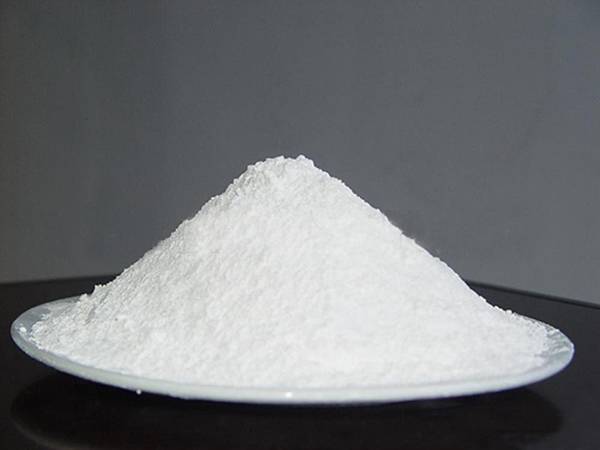



Chemicals for Effective Water Treatment in Cooling Tower Systems
Chemicals Used in Cooling Tower Water Treatment
Cooling towers play a critical role in various industrial processes, HVAC systems, and power generation, helping to dissipate excess heat and maintain optimal operating temperatures. However, the water used in cooling towers can lead to a range of issues, including scale formation, corrosion, and biological growth. Effective water treatment is essential to maximize efficiency and prolong the lifespan of cooling systems. This article delves into the various chemicals commonly used in cooling tower water treatment and their respective roles.
1. Biocides
One of the primary concerns in cooling tower water is the growth of biological organisms such as bacteria, algae, and fungi. These organisms can lead to biofilm formation, which obstructs heat transfer and can harbor harmful pathogens like Legionella. To combat this, biocides are widely used. Common biocides include
- Chlorine A potent disinfectant, chlorine is effective in controlling microbial growth and is often used in continuous or shock dosing methods. - Bromine Similar to chlorine, bromine is effective at higher temperatures and provides better residual control in certain conditions. - Quaternary Ammonium Compounds (Quats) These are often used for their residual antibacterial properties, providing long-lasting protection in cooling systems.
2. Scale Inhibitors
Scaling is a frequent issue in cooling towers, leading to reduced efficiency and increased energy costs. Scale formation typically occurs when water evaporates in the cooling process, concentrating minerals such as calcium and magnesium. Scale inhibitors help prevent the formation of scale deposits. Commonly used scale inhibitors include
- Phosphonates These compounds effectively chelate calcium and prevent the formation of scale crystals. - Polyacrylic Acids These polymers also prevent scaling by dispersing crystalline structures and reducing adherence to surfaces. - Organic Acids Such as citric acid, organic acids can soften existing scale deposits and inhibit future scale buildup.
3. Corrosion Inhibitors
chemicals used in cooling tower water treatment

Corrosion poses a significant risk to cooling tower systems, especially in metal components. This deterioration can lead to leaks, maintenance challenges, and costly downtime. To mitigate corrosion, various inhibitors are employed
- Cyclic Amines These compounds form protective films on metal surfaces, reducing metal ion leaching and providing a barrier against corrosive agents. - Nitrites and Molybdates Often used in conjunction with other inhibitors, these substances help protect different metals, particularly in systems containing mixed metallurgy.
4. pH Adjusters
The pH level of cooling tower water is critical for the effectiveness of other treatment chemicals, as it influences scaling, corrosion, and the performance of biocides. Maintaining the pH within an optimal range (typically between 6.5 and 8.5) ensures that treatments work efficiently. Common pH adjusters include
- Sodium Hydroxide (Caustic Soda) Used to increase pH levels, helping to minimize corrosion. - Sulfuric Acid Effective in lowering pH to prevent scale formation.
5. Dispersants
Dispersants facilitate the dispersion of suspended solids and prevent the accumulation of particulate matter that can affect heat transfer efficiency. By keeping contaminants suspended in the water, dispersants minimize fouling in the cooling system.
Conclusion
The effective treatment of water in cooling towers is essential for maintaining system efficiency, reducing operational costs, and ensuring environmental compliance. The careful selection and management of chemicals such as biocides, scale inhibitors, corrosion inhibitors, pH adjusters, and dispersants form an integral part of a comprehensive water treatment program. Regular monitoring and adjustment of chemical feeding rates are necessary to adapt to changing water conditions, operations, and environmental factors, ensuring optimal performance and reliability of cooling systems.
-
Why Sodium Persulfate Is Everywhere NowNewsJul.07,2025
-
Why Polyacrylamide Is in High DemandNewsJul.07,2025
-
Understanding Paint Chemicals and Their ApplicationsNewsJul.07,2025
-
Smart Use Of Mining ChemicalsNewsJul.07,2025
-
Practical Uses of Potassium MonopersulfateNewsJul.07,2025
-
Agrochemicals In Real FarmingNewsJul.07,2025
-
Sodium Chlorite Hot UsesNewsJul.01,2025










